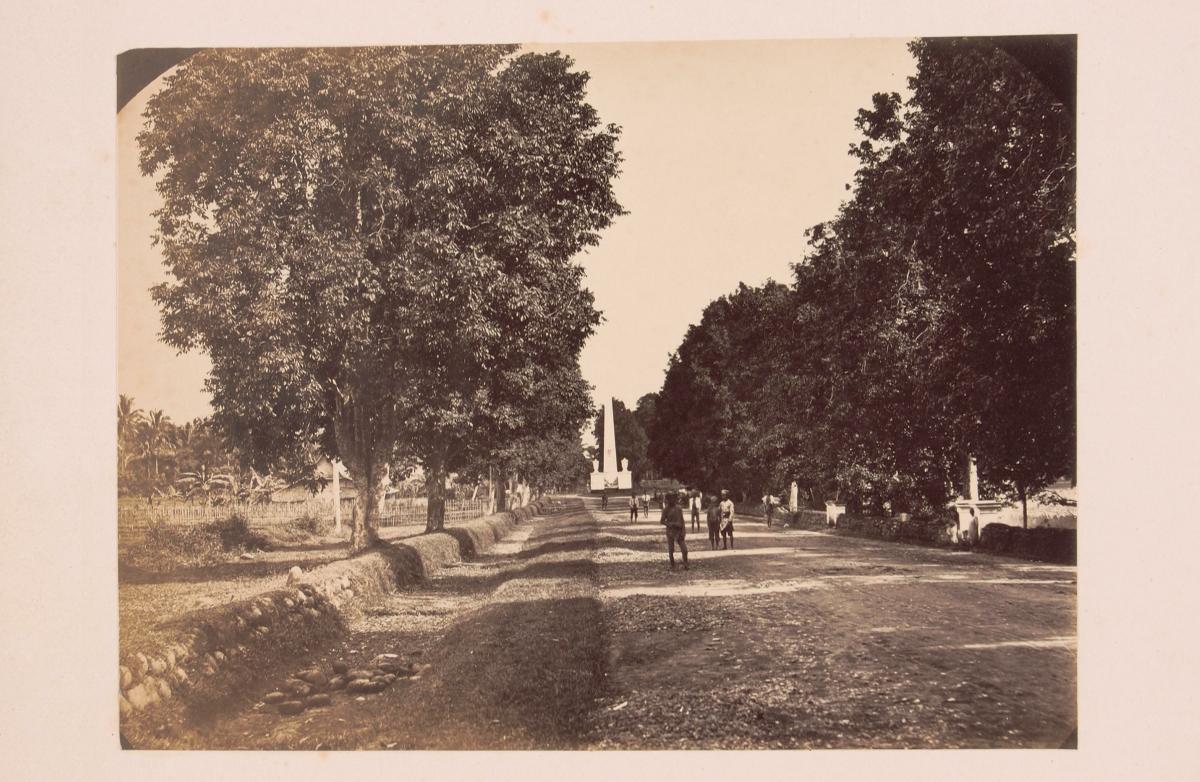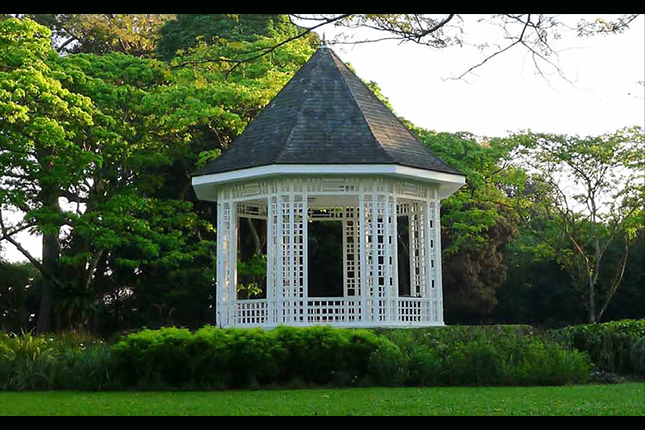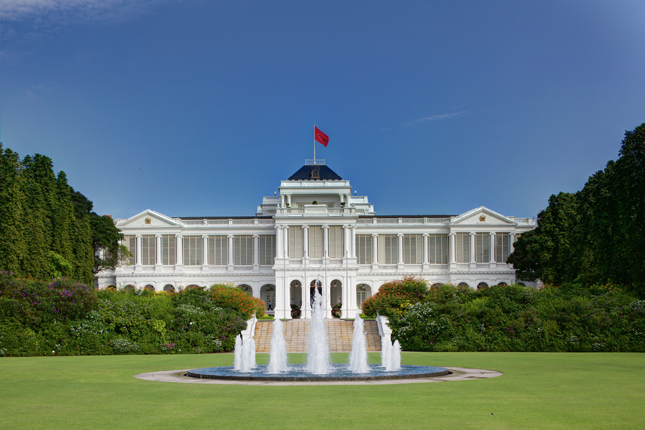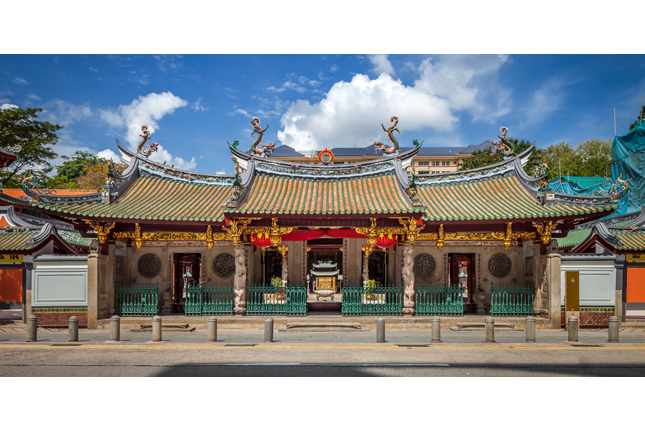Image size: (Back) 19.0 x 27.2 cm,
Object size: 32.0 x 24.2 x 0.1 cm
WOJ Nieuwenkamp (1874-1950) is known as the first European artist to arrive in Bali in 1904. The story of modern art in Bali is often written from the point of European artists arriving upon Bali. In Nieuwenkamp’ s case, Bali is brought home with him to Europe. His publication, Bali en Lombok (1906-1910) played a key role in inscribing Bali in the European imagination. In its introduction, he also called out to artists to visit the then-Dutch East Indies (present-day Indonesia). Numerous artists from Europe heeded this call. During his lifetime, Nieuwenkamp’ s role as a Balinese expert was well-known. He made meticulous, and annotated studies of material culture, landscape and environment in Bali, and elsewhere in the Dutch East Indies (today, Indonesia). Painted during Nieuwenkamp’ s second trip to Bali, The Main Gate to Tabanan Palace, depicts the palace of Gusti Ngurah Agung, the former Raja of Tebanan shortly after the Raja had committed ritual suicide (puputan) rather than face an uncertain fate and possible exile from Bali in 1906. Notable puputans in the history of Bali occurred in 1906 and 1908, when the Balinese were being subjugated by the Dutch. The verso contains a sketch/study of the compounds of the palace of Gusti Djelantik, the Raja and Viceroy of the kingdom of Karangasem in eastern Bali. His son, Gusti Bagus Djelantik would go on to become the first Balinese to study medicine in Europe. What makes W.O.J. Nieuwenkamp significant is the ethical position he took in ‘documenting’ the puputan as he witnessed it in 1906. Such studies subsequently informed his prolific output of articles and books that explored the Balinese worldview. Furthermore, Nieuwenkamp had accumulated a significant collection of artefacts from the East Indies. These materials would contribute to several significant exhibitions in Europe, including: the first exhibition of Old Javanese and Contemporary Balinese Hinduism exhibition organised by the Colonial Institute at the Stedelijk Museum in 1915. By the 1920s, WOJN had become the de-facto authority on all matters Balinese having written and exhibited widely on the topic. In 1924, he was honoured with a 7-room retrospective at the Kleyklamp Gallery in the Hague.

















